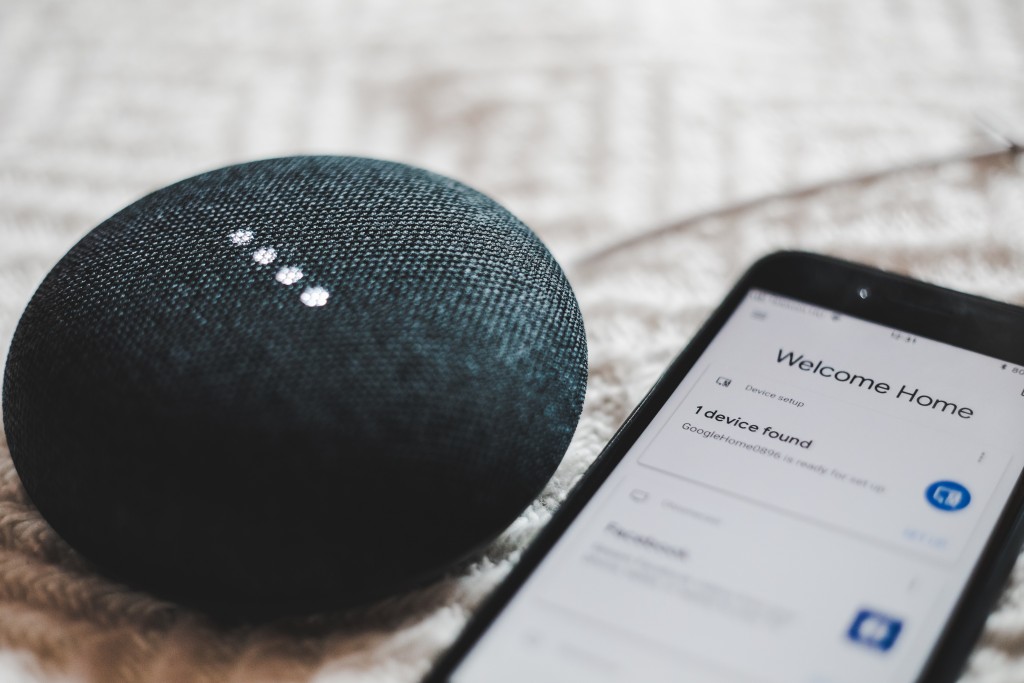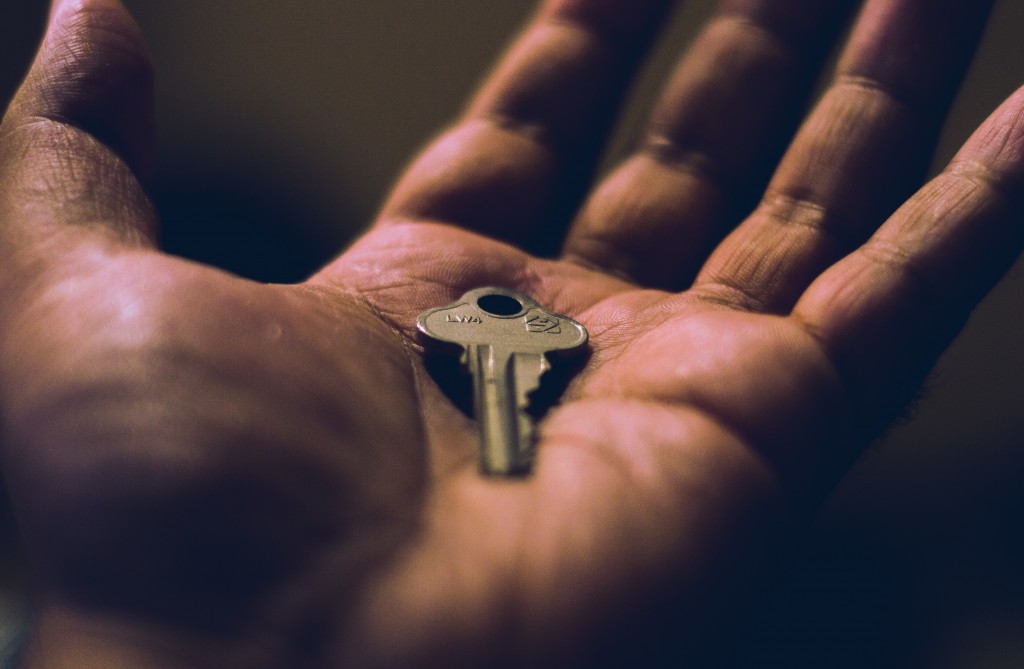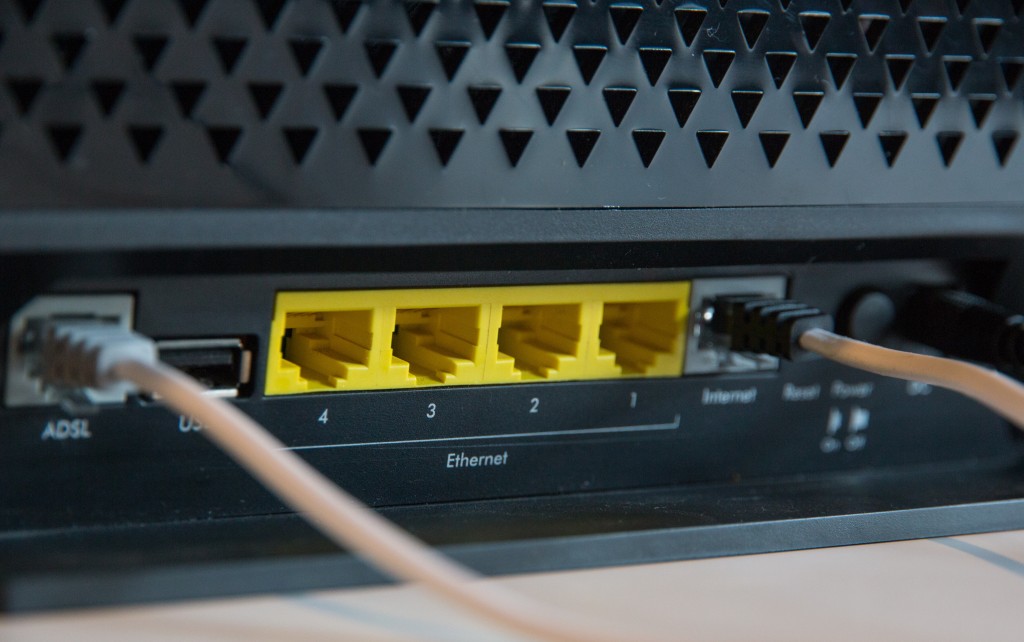From fridges and toasters to TVs and thermostats, it’s starting to feel like just about every device around the home can be found in a ‘smart’ version. Internet-connected gadgets make our lives easier and more convenient, and for many people, there’s nothing more satisfying than finding a new life-hacking device to automate or more easily control some part of their everyday routines.

Photo by BENCE BOROS on Unsplash.
The problem with a lot of smart home devices is that they just aren’t very secure – that is to say, while they may be locked up tight within the four walls of your home, their internet connectivity can leave them open to access by others.
Why anyone would want to hack a smart toaster is a valid question, but for parents who’ve had their baby monitors hacked or homeowners who’ve found their security systems overridden via their TV, smart device hacking is a very real danger.
If you’re worried that a smart device might help a hacker to digitally enter your home or bank account, there are simple measures you can take to stop it from happening.
Why would someone hack a smart home device?
It’s amusing to think that someone might hack your TV to change the channel, or adjust your toaster so that your breakfast ends up burnt. But the reality is that smart devices offer access to much more than just their given function.
Through a smart energy meter or thermostat, criminals can establish the times of day you’re most likely to leave the house unattended, or note that you’ve been away for a while and may be on a trip. Baby monitors and home security cameras can offer similar information, while smart assistants and appliances typically store your payment card and address details – all a would-be cybercriminal needs to indulge in a spending spree on your account.
No matter how insignificant it might seem, any device that has access to your personal and financial details, or which offers a connection to cameras, microphones, door and window locks, or even habitual information, should be checked for security. In the same way as you would install antivirus on a computer or add a fingerprint unlock to your smartphone, other internet-connected devices in the home are likely to need a security boost.
Aside from targeting individuals, another reason hackers sometimes target home networks is so that they can use unsuspecting appliances to help boost distributed denial of service, or DDoS attacks. By accessing thousands of devices and using them all to send requests to a particular server at the same time, criminals can shut down major networks without device owners ever knowing they’ve been used in the attack.
Three ways to secure your smart home devices
-
Install a VPN on your router
The fastest way to add security to all of your devices, without having to fiddle with each of them individually, is to install a virtual private network service (VPN) on your home router.
Virtual private networks add a layer of end-to-end encryption to all data that is sent and received through them. That means that anything, from emails you’re sending to video feeds from your webcam, are hidden from prying eyes and only accessible to you and any intended recipient.
For devices where you can’t find a way to update the password or add any extra security measures directly, protecting your home’s whole internet connection at router level is both incredibly simple and extremely effective.

On smartphones and laptops, you can simply install a VPN app, but if you have other devices without a screen interface that could do with protection, router-level VPNs are the way to go. Photo by Petter Lagson on Unsplash.
-
Change any passwords you can
A common problem with smart home devices is that users can’t find a way to change the default login details, but if you can, you absolutely should. When you’re setting up a new device, make changing the username and password a part of the setup process.
If you have a device which uses the same login information as every other product that’s the same make and model, it could be as simple as finding the manual online, then a criminal could gain access to that device and the sensitive information shared with it. Where possible, change passwords to something complex and unique, and if you’re looking at buying a new device, make sure you buy one where the password can definitely be changed.

Would you want everyone to have a key to your house? Photo by CMDR Shane on Unsplash.
It can be difficult to remember numerous complex passwords, so for devices which offer a screen interface, use a password manager if you can. By tasking a password manager app with remembering all the login details for online accounts on your phone and laptop, you can save yourself some energy and focus attention on the passwords for home devices instead.
-
Disable features you don’t need
Finally, make sure you switch off any features and permissions that aren’t totally necessary. A key example would be remote access – if you don’t need to access a particular device when you’re out of the house, switch off remote access permissions to ensure that nobody else can either.
While security warnings on smart devices aren’t yet mandatory, hopefully their introduction in some regions will encourage the people who make our smart gadgets to do so in a way that affords people a higher level of home security.
For the time being, it’s up to individuals to make sure their latest purchases are properly secured, but in the future, the hope is that smart devices will come with strong defensive measures that allow us to simply enjoy them without the fear that they could be letting others into our home.
Read on about how to look for hidden cameras here.
Stay informed and subscribe to the StarProperty.my Monthly Newsletter here.

















































